Lessons Learned from Maths Lessons
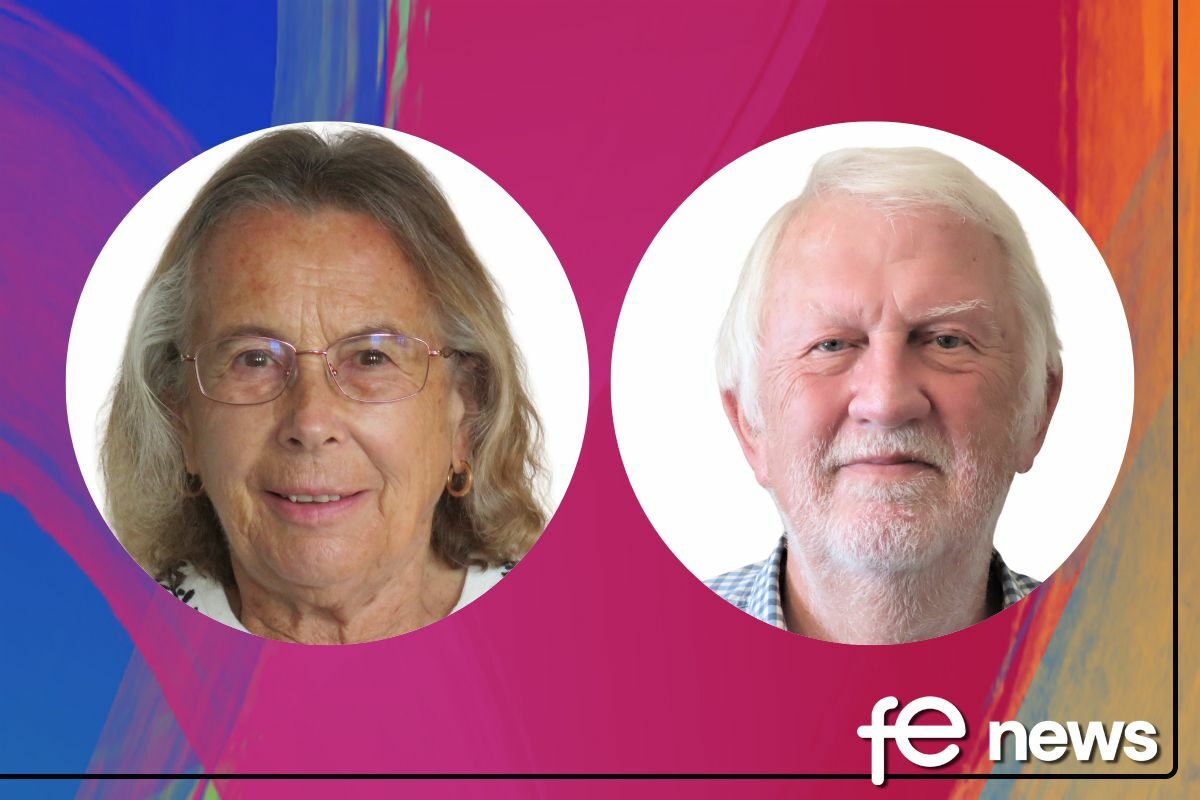
We identify ourselves as mathematicians, not just because we know a lot of maths, not because we operate at the boundaries of mathematical knowledge, but rather because we are mathematical. We do a lot of maths, often for enjoyment. We were fortunate enough to be educated to think mathematically, and we have exploited that through our careers in industry, commerce, teaching, lecturing, examining and training. We believe all students can become mathematical, and we believe that can be achieved at all levels.
So what does it mean to be mathematical?
It is easier, perhaps, to say what it does not mean. Certainly, it does not mean just to be masters of algorithms that can perfectly well be executed by machines. So, for instance, it is good to be able to solve simultaneous equations. But it is not good to do so by being programmed to run through a many-step algorithm, without any clear idea of why. We do our students an enormous disservice by attempting to program them in the way in which we would program machines.
Of course, being mathematical does require a secure grounding in the basics of numeracy and the essential ideas of algebra. Neither of these are easy. Most people can count and add, but it is a significant step forward to deal with negative numbers and subtraction. Subtraction is the inverse operation to addition. The fact that subtracting a number gives the same answer as adding its negation is often neither made clear nor understood. Understanding it is important in making future progress in handling number and other algebras.
In algebra, the essential understanding is that letters represent numbers, not objects. Confusion about this bedevils both teaching and student understanding. Our clarion call is to retreat back to numbers to illustrate the algebraic generalisations that we make.
Many trainee teachers of mathematics believe that they need to extend their knowledge to try to plug gaps in respect of specific topic areas. We believe that their effort would be better spent in deepening their understanding, and in exploring the logical underpinnings of what might seem obvious, but which all too often is not.
Mathematical modelling
Real mathematicians interact with the real world through the process of mathematical modelling. They attempt to extract the essence of a real-world problem by identifying its components and their interactions – their mathematical relationships. This provides a mathematical model. It might be an equation or a set of equations, or perhaps a description of the rate of change of one variable as another variable changes. Mathematical modelling is difficult. Following through the consequences of a model involves the simpler task of applying techniques – which is often within the capabilities of machines.
As an example, statistics and probability can be illuminated when viewed through the prism of mathematical modelling. From data observed in the real world, statistics are computed. Sometimes that is enough, but often those statistics are used to help to build probability models in the world of mathematics. These probability models can be very powerful in understanding and therefore controlling variability. This overview of the territory can help students to appreciate and learn the detailed material.
Mathematical skills, modelling, problem-solving, practical skills and skills in using technology, all need to be developed alongside learning mathematics. Furthermore, communication skills need to be refined, not only for students to be able to discuss and explain the mathematics and the conclusions, but also for them to be able to think more effectively.
Our objective is to nudge teaching towards giving ownership of mathematics to the learner. We believe students can learn how to do mathematics and to be mathematical, within the process of learning mathematical topics.
By Keith Parramore and Joan Stephens
Keith Parramore and Joan Stephens, co-authors of Lessons Learned from Maths Lessons: Things we have learned from watching trainee teachers of secondary mathematics, published by John Catt Educational, discuss how students and trainee teachers can become mathematical, alongside learning how to do maths.




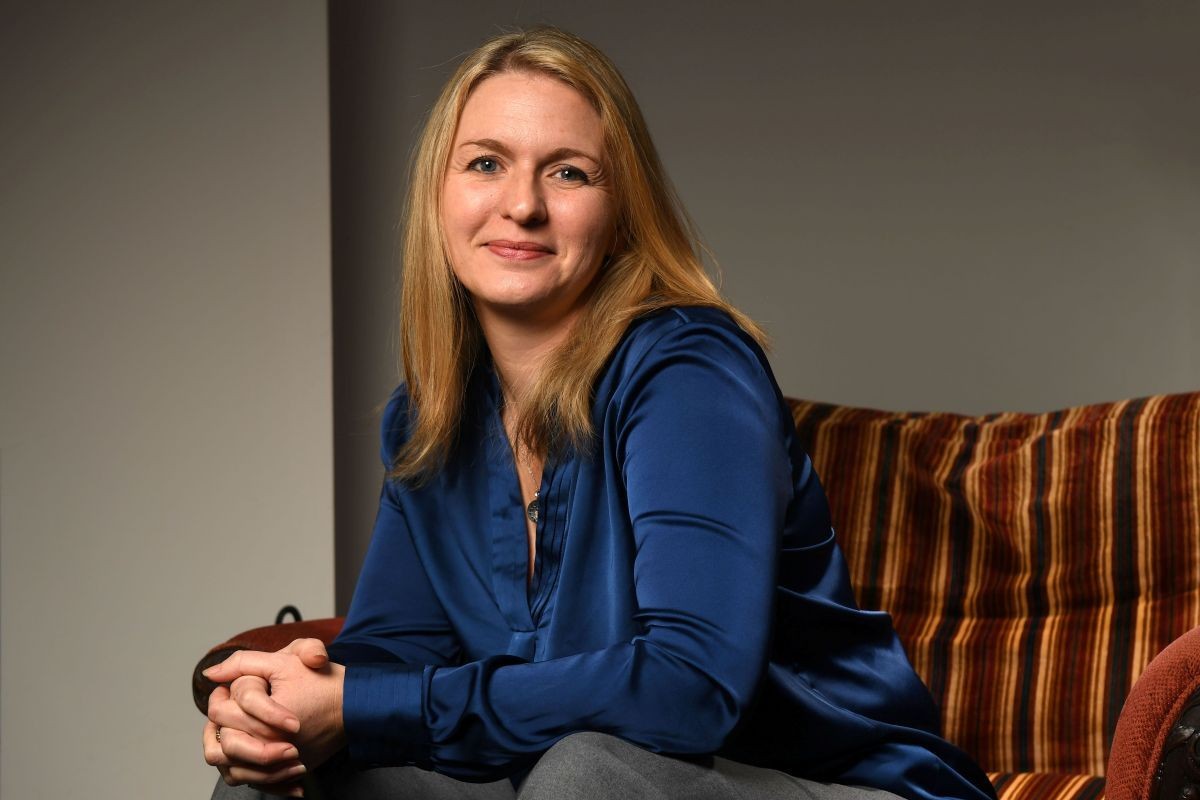

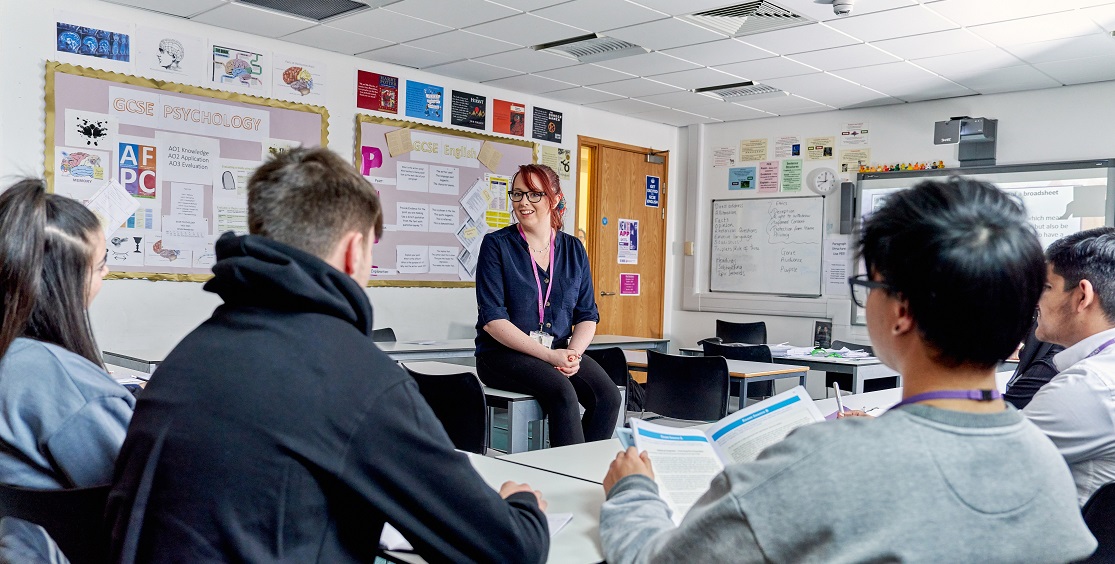

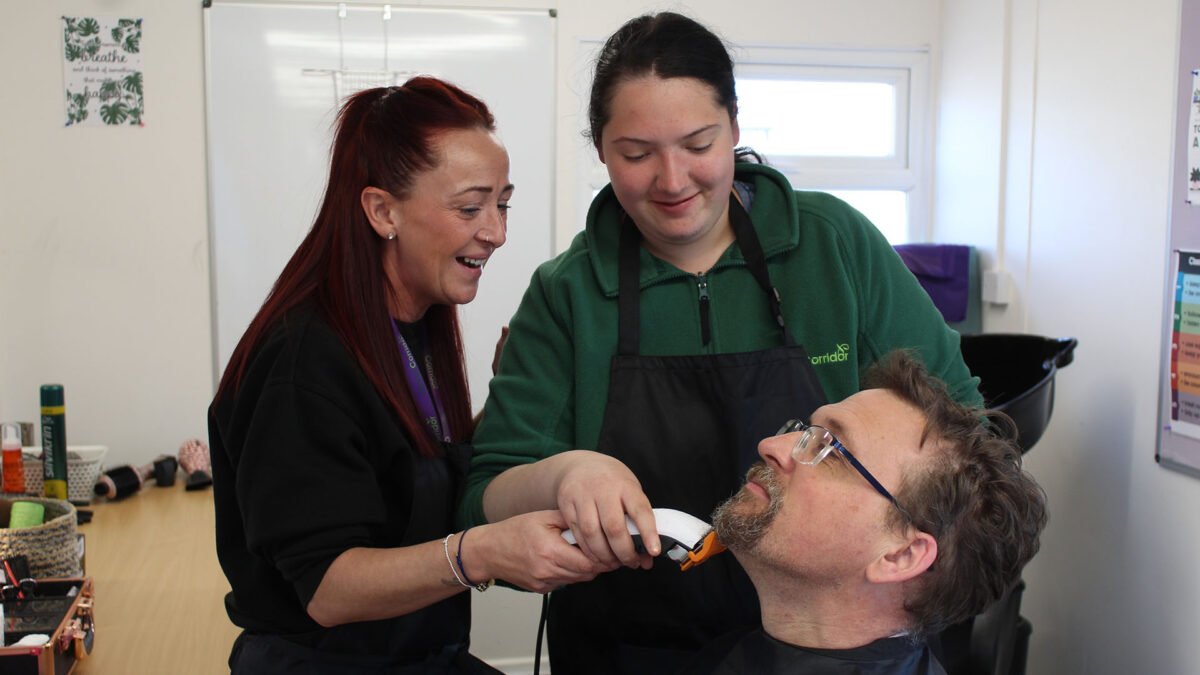

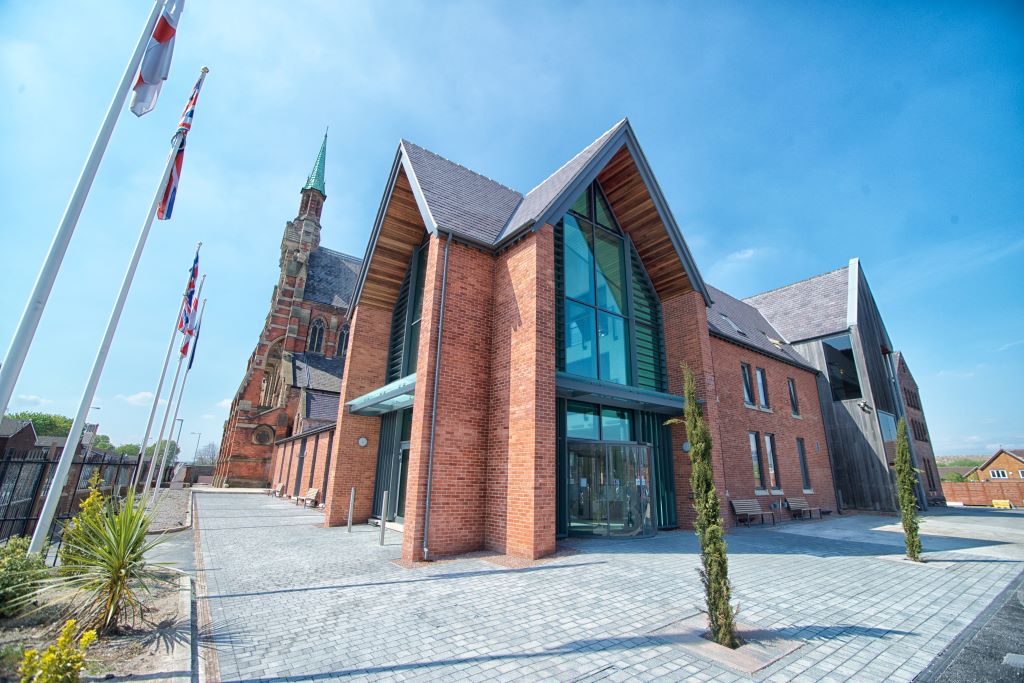
Responses